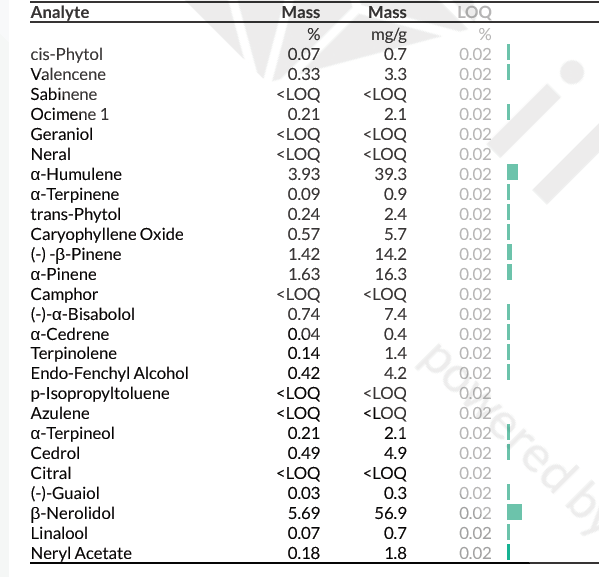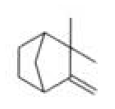Terpenes storage containers: Material selection
Our client was interested in identifying optimum materials and solvents for storage of terpenes, especially when related to the CBD/ THC industry. Terpenes are valuable compounds for the industry due to their advantageous effects on odor and taste of products as well as some proved health effects.Terpenes are hydrocarbons based on the isoprene molecule, but in general other compounds are also being accepted as ‘terpenoids’ that include related alcohols, aldehydes, esters, etc. However, if we keep the strict definition, terpenes are only the products of an initial isoprene basis.
Terpenes classification follows different paths, and it is based on saturation, aliphatic/ cyclic, multiplicity, etc. As examples, we can have mono- terpenes, unsaturated terpenes, cyclic and bi- cyclic terpenes and so on. Understanding the structure of terpenes is of vital importance for the current project, as it is discussed below. The original problem stated by the client was to investigate how some terpenes could interact as ‘solvents’ with a storage tank in an undesired fashion. Although a rightful claim, this is not the only issue that one has to face with terpene storage.

To reach the clients goals we performed an investigation and analysis of various factors, including:
n Interactions with storage vessels / containers
- Extraction of mass from container
- Diffusion of terpenes into the container walls
- Solid/gas, Solid/fluid and solid/ solid reactions of greatly different kinetics
REALISTICALLY and CORRECTLY, we need to identify materials that ‘neutralize’ the above-mentioned interaction by providing:
- Low interactions with terpene systems in general
- Low permeability to oxygen, moisture and terpene molecules
- Low permissivity of most forms of irradiation [light, gamma, etc]

The degradation of terpenes when in storage was deeply investigated. All parameters that affect this degradation where also investigated:
n Temperature
n Energy [light, irradiation]
n Oxygen content
n Moisture
n Concentration
n Microorganisms presence
n Existence of initiators and inhibitors
Degradation processes include:
n Aromatization
n Allylic oxidation
n Epoxide formation due to moisture
Our work included simulation efforts that led to the selection of appropriate storage materials for the terpene case.
